13 Iconic Pilgrimage Routes That Changed History
Pilgrimage routes have shaped human history by bringing people together across regions, faiths, and cultures. These journeys created paths where ideas, traditions, and stories flowed freely, leaving lasting marks on art, trade, and spirituality. Walking these routes offered not just a sacred experience but also opportunities for connection and cultural exchange.
This post may contain affiliate links, which helps keep this content free. Please read our disclosure for more info.
The Camino de Santiago (Spain)
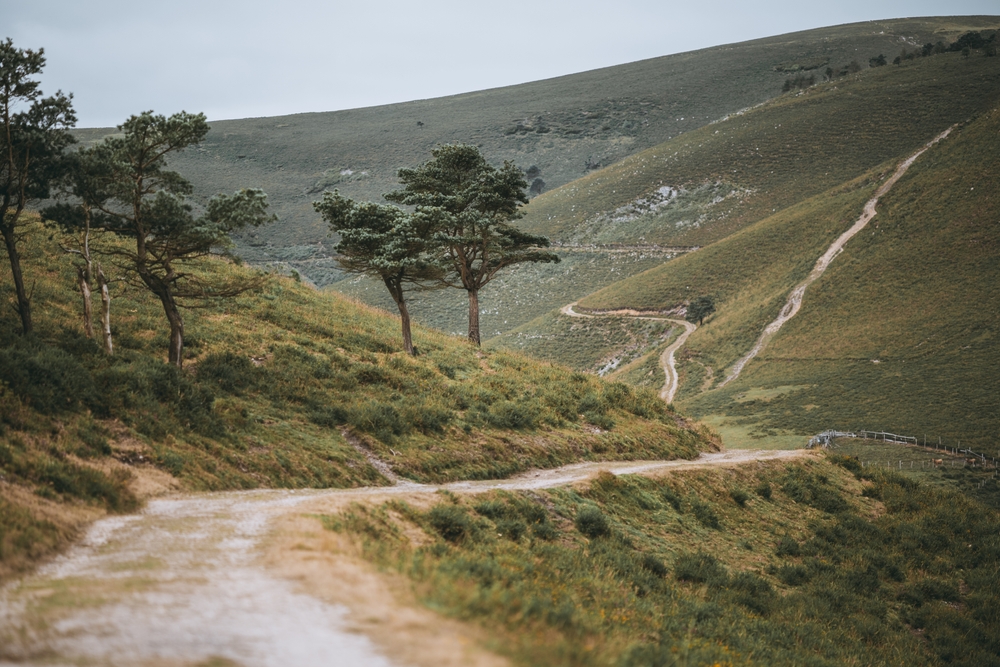
The Camino de Santiago, also called the Way of St. James, has been one of Europe’s most important pilgrimage routes since the Middle Ages. It leads to the Cathedral of Santiago de Compostela in northwestern Spain, where the remains of the Apostle James are believed to rest. Pilgrims from across Europe once set out on foot or horseback, guided by scallop shells that marked the way, enduring long distances and harsh conditions as an act of faith.
Beyond spiritual devotion, the Camino became a bridge that connected people and regions across the continent. Inns, monasteries, and trading posts grew along the route, creating spaces where culture, ideas, and goods were exchanged. Today, many still walk the Camino, some for religious reasons and others for the chance to reflect, connect with others, and experience the shared history of generations of travelers.
The Via Francigena (Italy, France, England)
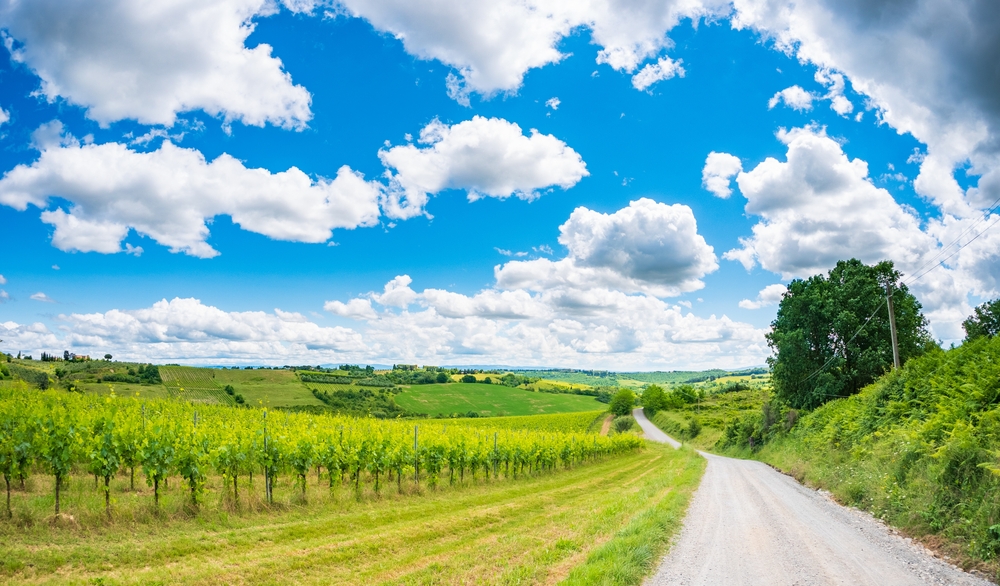
The Via Francigena stretches from Canterbury in England through France and Switzerland before reaching Rome. In medieval times, this path carried thousands who sought to visit the tombs of the apostles Peter and Paul. The route was carefully documented by Archbishop Sigeric in the tenth century, providing one of the most detailed records of a pilgrim’s journey.
Travelers who followed the Via Francigena experienced the diversity of Europe firsthand. Along the road, they met fellow pilgrims, merchants, and scholars, exchanging ideas and customs. The route not only served as a spiritual passage but also helped spread architectural styles, religious practices, and even culinary traditions from one land to another.
The Hajj to Mecca (Saudi Arabia)
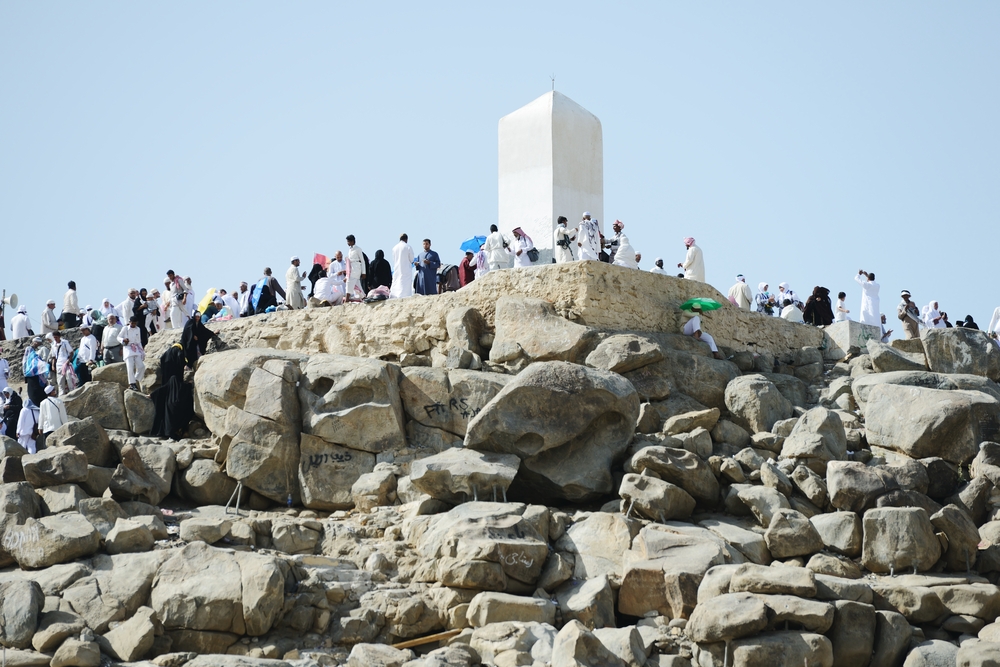
The Hajj is one of the Five Pillars of Islam, requiring Muslims who can make the journey to Mecca at least once in their lives. Pilgrims follow a series of rituals that retrace the steps of Abraham and his family, with the Kaaba at the center of the journey. For centuries, travelers arrived from across Africa, the Middle East, and Asia, forming vast caravans that crossed deserts and seas.
The pilgrimage became more than a spiritual obligation; it also tied together the Islamic world. Routes leading to Mecca supported trade networks that connected cities as far as Timbuktu, Cairo, Damascus, and Delhi. The exchange of knowledge, poetry, and scholarship during the Hajj enriched Islamic civilization and left a lasting mark on global culture.
The Kumano Kodo (Japan)
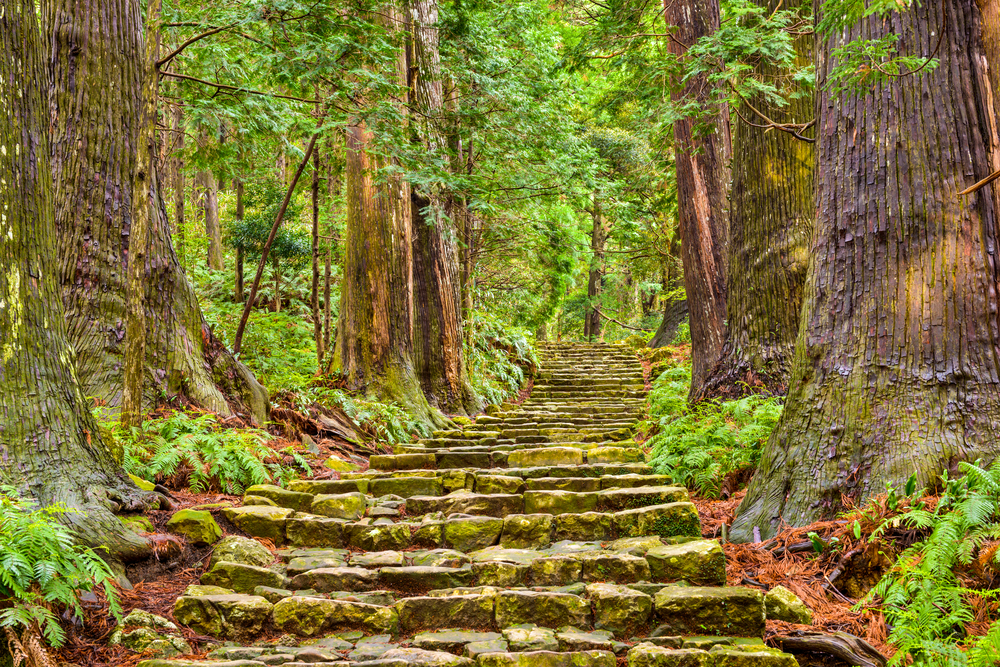
The Kumano Kodo consists of sacred trails through the Kii Mountains of Japan, leading to the Kumano Sanzan shrines. Dating back over a thousand years, the paths were walked by emperors seeking divine guidance, as well as commoners seeking spiritual renewal. The routes combine Shinto and Buddhist traditions, reflecting Japan’s unique religious history.
Pilgrims walked through forests, rivers, and waterfalls believed to embody spiritual forces, making the journey itself as important as the shrines. The Kumano Kodo encouraged a deep respect for nature and reinforced cultural values tied to harmony and reflection. Today, it is one of only two pilgrimage routes recognized as a UNESCO World Heritage site, connecting modern travelers with Japan’s spiritual past.
The Canterbury Pilgrimage (England)
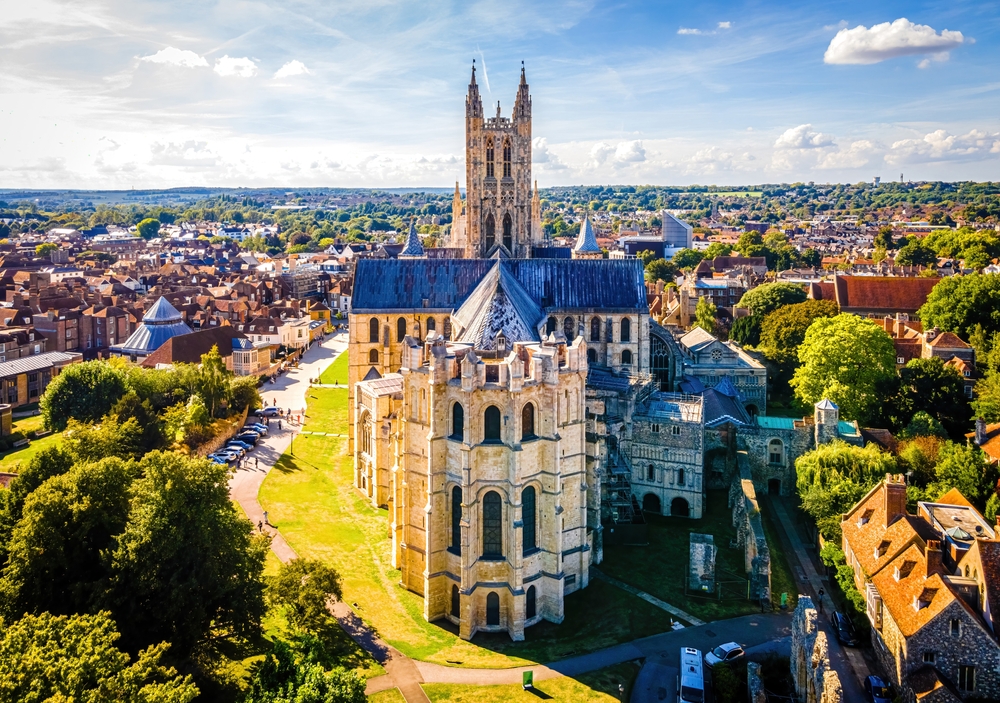
The pilgrimage to Canterbury Cathedral became famous after the martyrdom of Thomas Becket in 1170. His shrine became one of the most visited holy sites in Europe, drawing kings, nobles, and ordinary people who sought miracles and blessings. The journey was so significant that it inspired Geoffrey Chaucer’s Canterbury Tales, which immortalized the voices of pilgrims on the road.
This route reflected the intersection of faith and literature, showing how spiritual journeys could influence culture beyond religion. The steady flow of pilgrims brought wealth to Canterbury and shaped English identity during the Middle Ages. The road became a meeting point where stories, traditions, and values mixed, leaving a legacy that still shapes English cultural memory.
The Shikoku Pilgrimage (Japan)
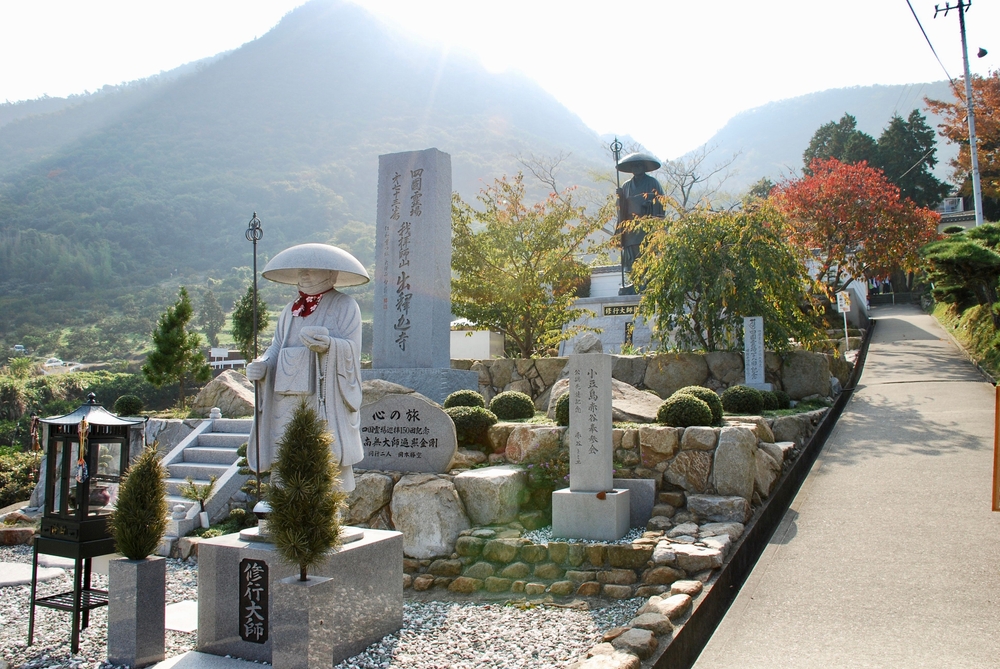
The Shikoku Pilgrimage is a circular route of 88 temples linked to the Buddhist monk Kūkai, also known as Kōbō Daishi. Pilgrims walk around the island of Shikoku, covering more than a thousand kilometers, often wearing white robes and conical hats as symbols of devotion. The journey is considered both physically challenging and spiritually transformative.
Each temple represents a step in the pilgrim’s path toward enlightenment, with prayers, rituals, and offerings made along the way. While rooted in Buddhist teachings, the pilgrimage also creates bonds between local communities and travelers. Hospitality along the route reflects Japan’s cultural emphasis on generosity and respect, making the Shikoku pilgrimage a living tradition of spiritual growth and cultural exchange.
The Pilgrimage to Mount Kailash (Tibet)

Mount Kailash in Tibet is revered in Hinduism, Buddhism, Jainism, and the Bon faith. Pilgrims believe that walking around the mountain brings spiritual merit and even liberation from the cycle of rebirth. Unlike other pilgrimages that lead to a shrine or relic, this route focuses on circling the sacred mountain itself.
Travelers from India, Nepal, and Tibet converge on this remote region, sharing practices and traditions from different faiths. The act of walking in unison across high-altitude landscapes emphasizes humility and respect for nature. The pilgrimage demonstrates how a single site can unite multiple religions, fostering connections across cultures.
The Kumbh Mela Routes (India)
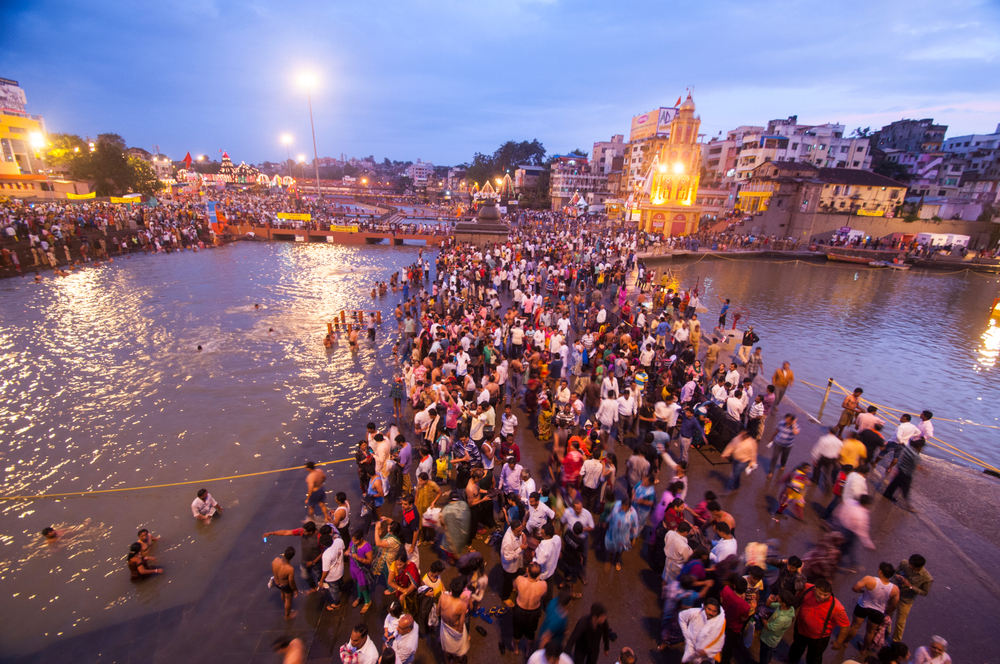
The Kumbh Mela is the largest gathering of pilgrims in the world, held at four rotating sites along India’s sacred rivers. Pilgrims travel to bathe in the Ganges, Yamuna, and the mythical Saraswati, believing that the ritual cleanses them of sins. The routes to these sites have been walked for centuries, making them deeply embedded in Indian spiritual life.
The festival routes fostered cultural unity in a vast and diverse country. Poets, scholars, and spiritual teachers traveled with pilgrims, spreading teachings and practices across regions. Beyond the religious dimension, the gathering created opportunities for trade, art, and political dialogue, showing how spiritual movement shaped Indian society.
The Pilgrimage to Santiago de Querétaro (Mexico)
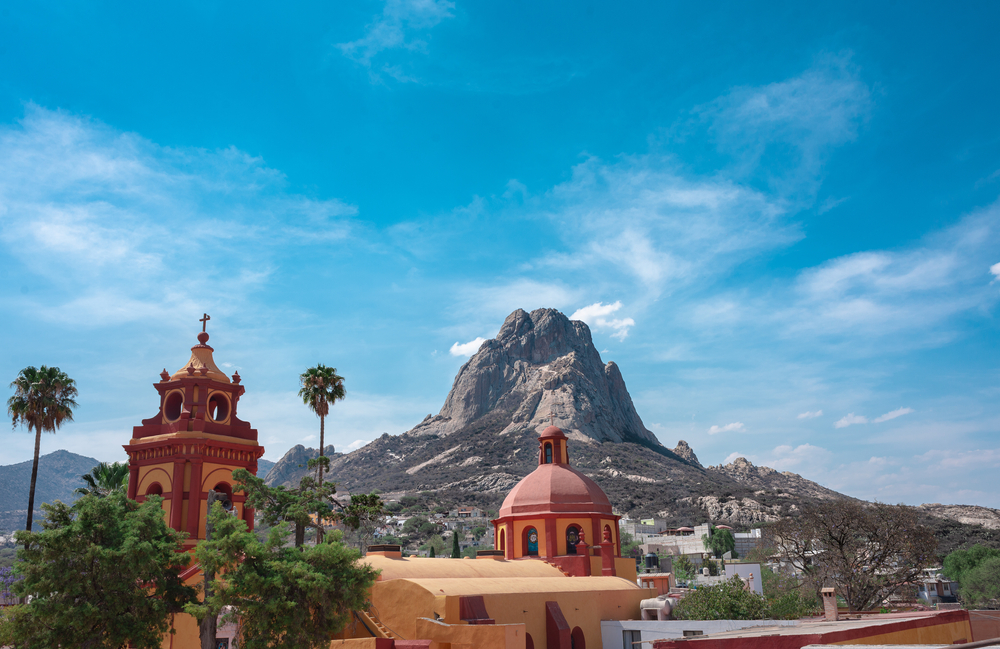
In Mexico, pilgrimages to Santiago de Querétaro grew during the colonial period, blending Spanish Catholic traditions with local customs. The routes led to churches and shrines dedicated to St. James, reflecting the influence of Spain’s Camino de Santiago. Indigenous communities adapted the journey with their own rituals, creating a cultural fusion.
This pilgrimage shows how routes could carry religious traditions across oceans and reshape them in new lands. The shared journey fostered a sense of identity among local people, blending Spanish faith with indigenous expression. The roads became part of Mexico’s broader cultural exchange between Europe and the Americas.
The Pilgrimage to Lourdes (France)
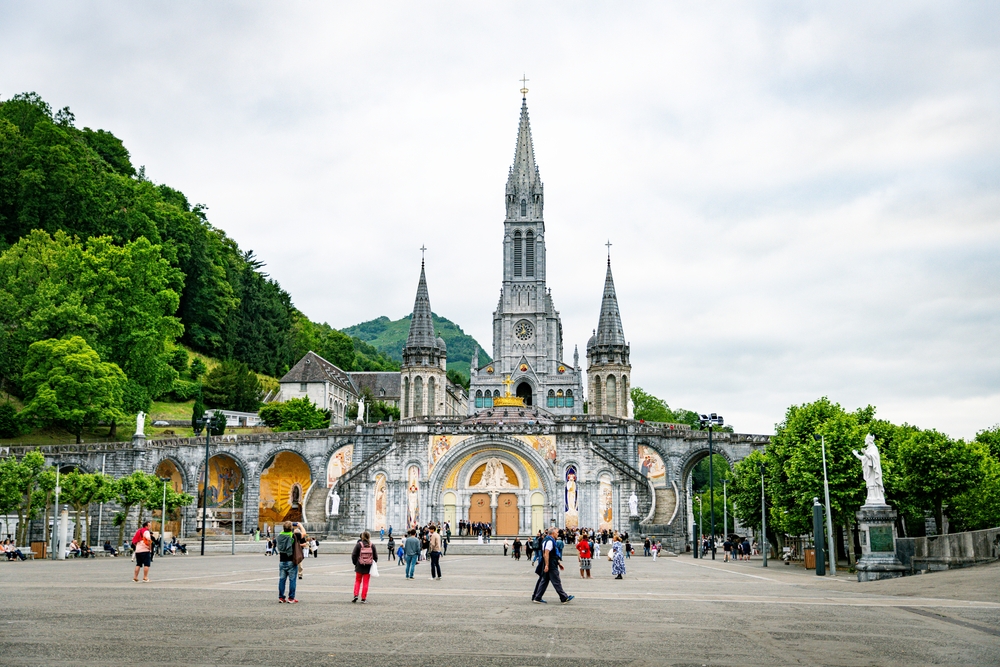
Lourdes became a major site of pilgrimage after the visions of the Virgin Mary reported by Bernadette Soubirous in 1858. Pilgrims traveled from across Europe to bathe in the waters believed to have healing powers. The route quickly grew into one of the most significant modern pilgrimages, drawing the sick and those seeking spiritual comfort.
As people traveled to Lourdes, the town became a hub of cultural exchange and religious devotion. Pilgrims carried back stories of miracles and healing, reinforcing faith across regions. Lourdes demonstrates how even modern pilgrimage routes could shape spiritual life and international connections.
The Pilgrimage to Chartres Cathedral (France)
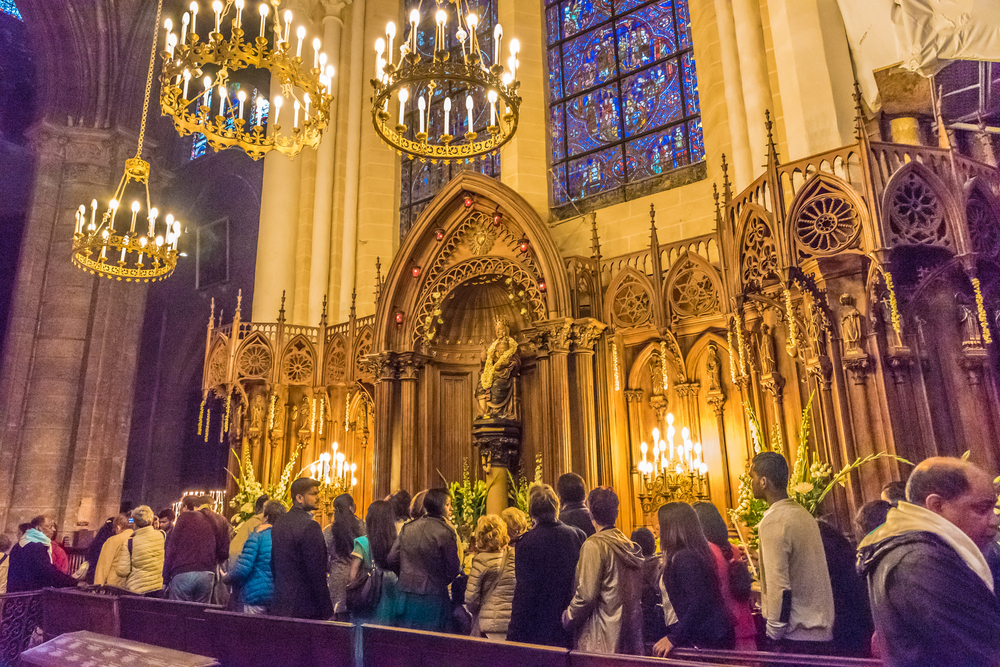
Chartres Cathedral, with its stunning stained glass and relics, drew thousands of pilgrims throughout the Middle Ages. The journey to Chartres was considered a way to honor the Virgin Mary, whose veil was kept at the cathedral. Pilgrims often walked barefoot to show devotion, gathering in large numbers during feast days.
The pilgrimage strengthened the role of Chartres as a cultural center in medieval France. The cathedral’s art and architecture influenced builders across Europe, while the influx of pilgrims supported local trade and scholarship. The route reflected how sacred journeys could shape both faith and artistic heritage.
The Pilgrimage to the Holy Land (Jerusalem)
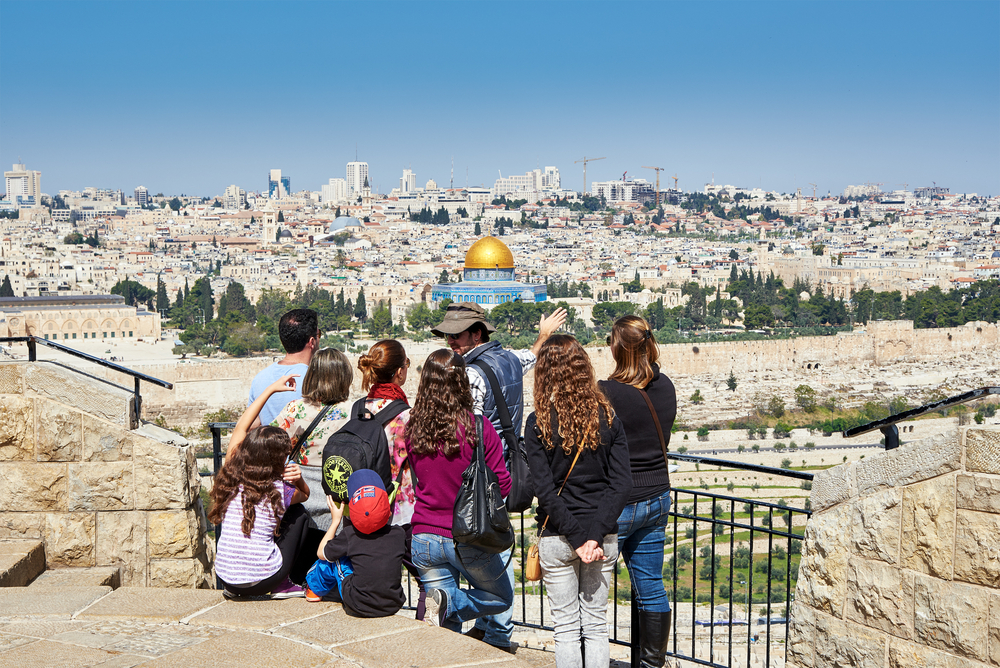
Jerusalem has long been a destination for pilgrims in Christianity, Judaism, and Islam. Christians traveled to visit the sites connected to the life of Jesus, including the Church of the Holy Sepulchre. Jewish pilgrims journeyed to the Western Wall, while Muslims visited the Al-Aqsa Mosque and the Dome of the Rock.
These overlapping pilgrimages made Jerusalem a crossroads of faith and culture. Travelers shared knowledge, goods, and traditions across religious lines, even during times of conflict. The city’s routes illustrate how pilgrimage could bind together people of different beliefs while shaping the course of world history.
The Pilgrimage to Glastonbury (England)
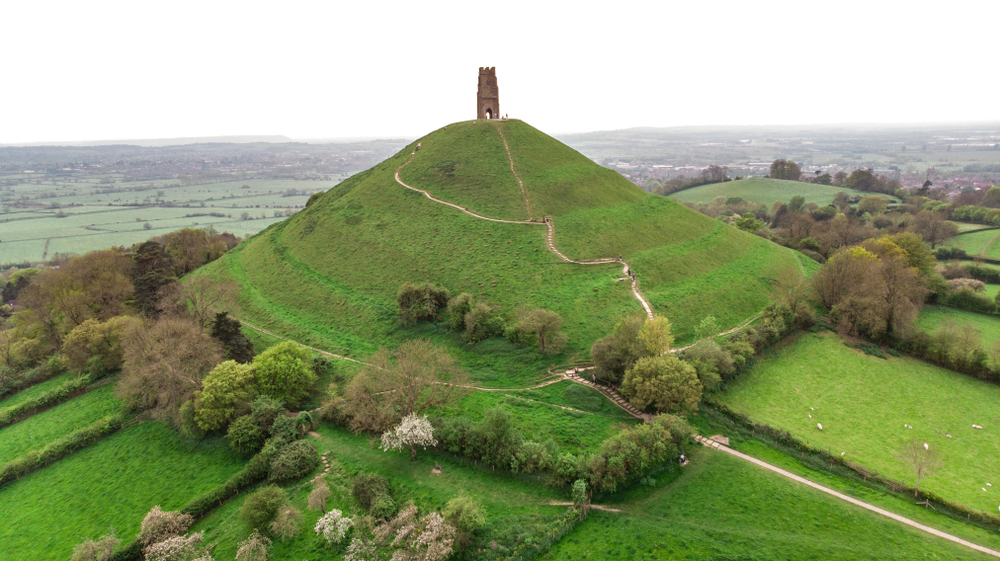
Glastonbury became a pilgrimage site linked to Christian legends, including tales of Joseph of Arimathea and the Holy Grail. Pilgrims traveled to Glastonbury Abbey, which was one of the wealthiest and most powerful monasteries in medieval England. The route to Glastonbury combined faith with myth, making it a unique cultural destination.
The pilgrimage reflected the blending of folklore and devotion, showing how legend could inspire spiritual journeys. Visitors carried home stories that spread across England and beyond. Glastonbury’s significance has lasted into the present, where its spiritual aura continues to draw both religious pilgrims and cultural seekers.
This article originally appeared on Avocadu.
